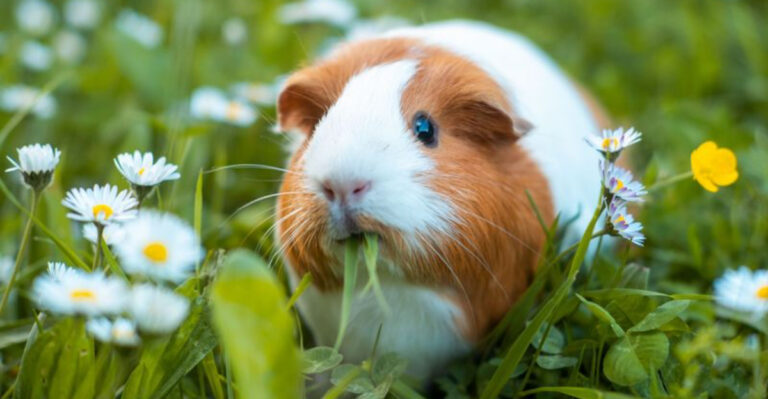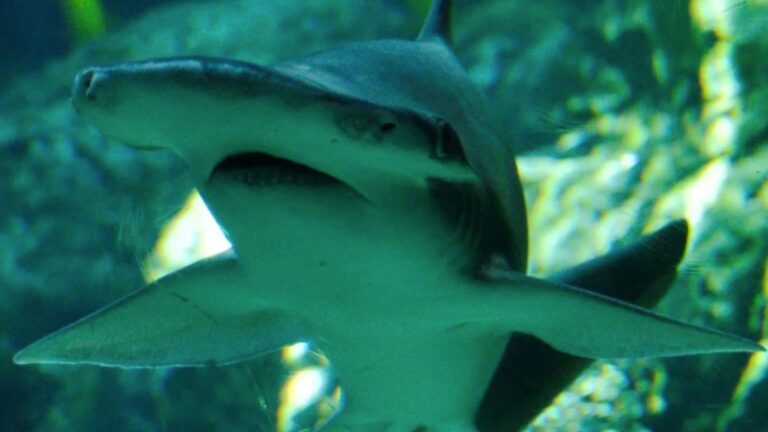Everything You Need To Know About Quokkas

Ever spotted a critter with a permanent smile so adorable it breaks the internet? Meet the quokka, Australia’s happiest marsupial and social media superstar.
These cat-sized creatures roam Rottnest Island, charming tourists with their friendly demeanor and seemingly permanent grins.
Whether you’re planning an Australian adventure or just love adorable animals, these furry celebrities deserve your attention.
1. Smiles That Break The Internet
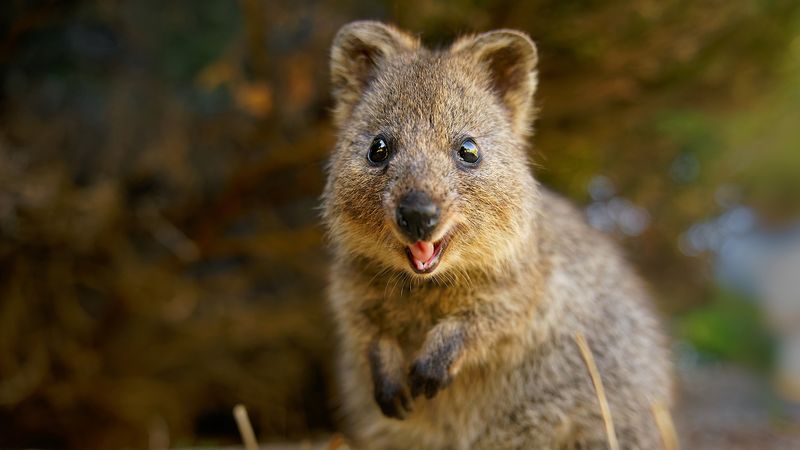
Behind that famous grin lies a simple anatomical fact – quokkas’ mouth shape naturally curves upward, creating what looks like a permanent smile. Their facial muscles and jaw structure give them this cheerful appearance.
Mother Nature couldn’t have designed a more photogenic animal! This natural smile has made them social media sensations and the uncontested kings and queens of animal selfies worldwide.
2. Not Actually Rats

Dutch explorer Willem de Vlamingh mistakenly called these creatures ‘rats’ when he discovered them in 1696, naming their island home ‘Rottnest’ (meaning ‘rat nest’). Talk about a case of mistaken identity!
In reality, quokkas belong to the macropod family alongside kangaroos and wallabies. They’re essentially miniature versions of their famous cousins, hopping around on powerful hind legs.
3. Pocket-Sized Kangaroo Cousins
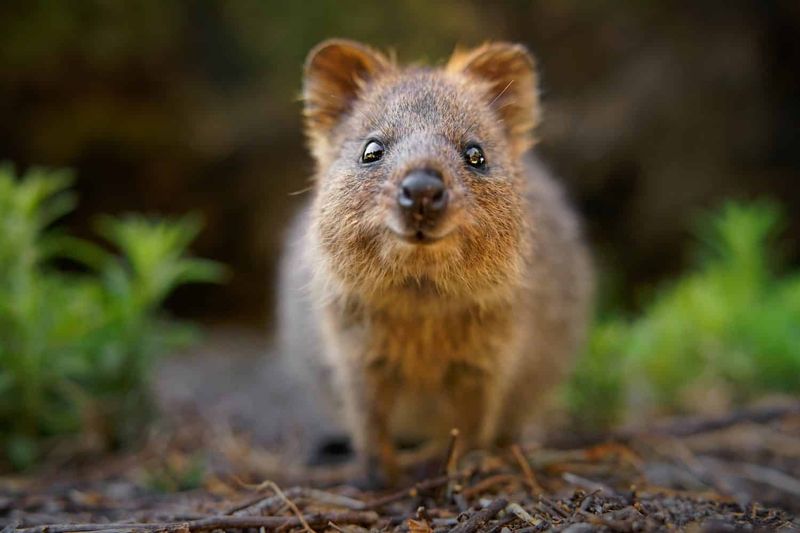
Standing just 16-21 inches tall and weighing 5-11 pounds, quokkas pack a lot of charm into a small package. Their compact size makes them particularly endearing to humans who encounter them.
Like their larger relatives, female quokkas carry their babies in pouches. Their tails, unlike rats, are short and mostly hairless, helping them balance while sitting or hopping through their island habitat.
4. Island Paradise Dwellers
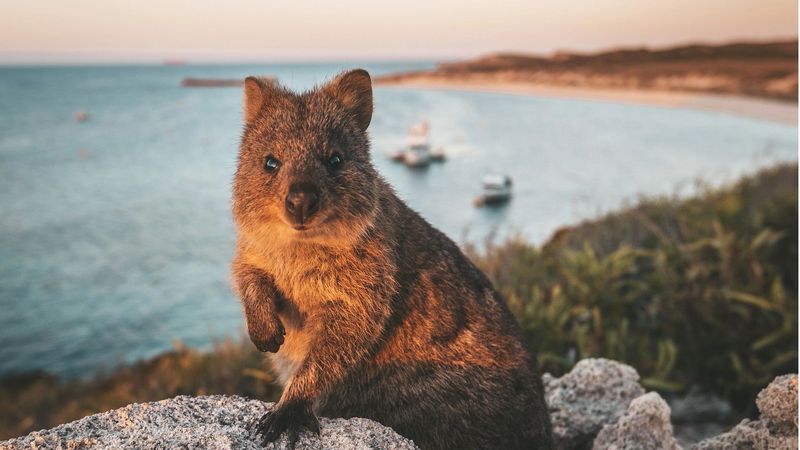
Rottnest Island off Western Australia’s coast serves as quokka headquarters, hosting thousands of these cheerful creatures. The absence of predators has allowed their population to thrive in this protected environment.
Smaller populations exist on Bald Island and in scattered mainland areas. Their isolated habitat has helped preserve the species, though it also makes them vulnerable to environmental changes.
5. Midnight Munchers
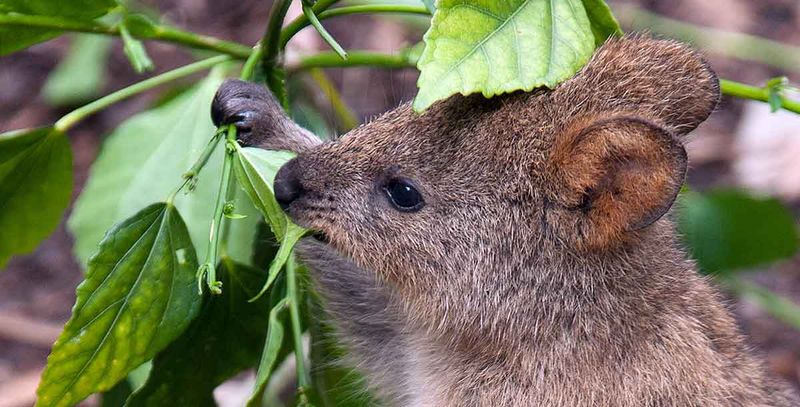
When darkness falls, quokkas spring into action! These nocturnal creatures spend their nights foraging for grasses, leaves, and stems. During scorching Australian days, they seek shade and conserve energy.
Their plant-based diet helps them survive in their sometimes harsh island environment. Quokkas can go long periods without water, getting most moisture from the vegetation they consume – a crucial adaptation for island life.
6. Baby-Tossing Survival Tactic
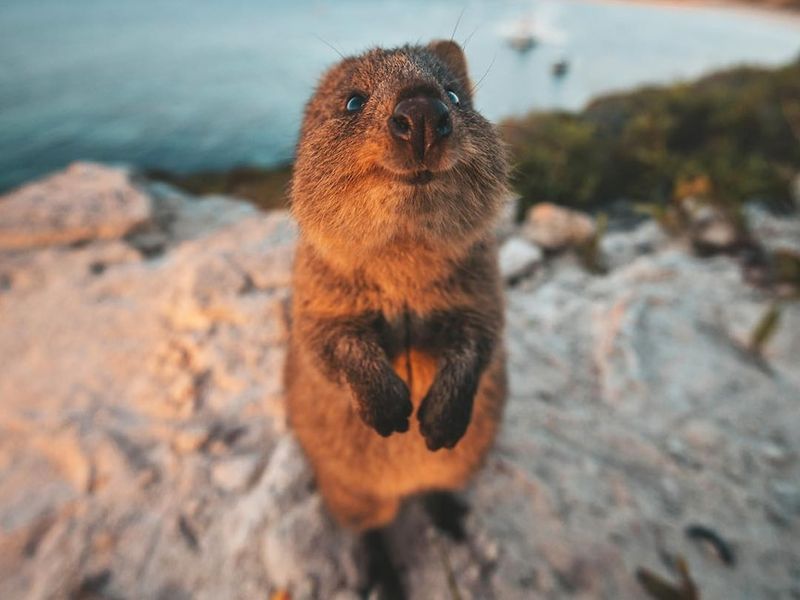
Perhaps their most shocking behavior: when threatened, mother quokkas may eject their babies from their pouches! This startling strategy diverts predator attention, allowing the mother to escape while the predator is distracted.
While seemingly cruel, this instinctive response increases the species’ overall survival chances. Nature’s priorities sometimes favor continuing the maternal line over a single offspring’s survival – harsh but effective evolutionary logic.
7. Surprising Lifespan
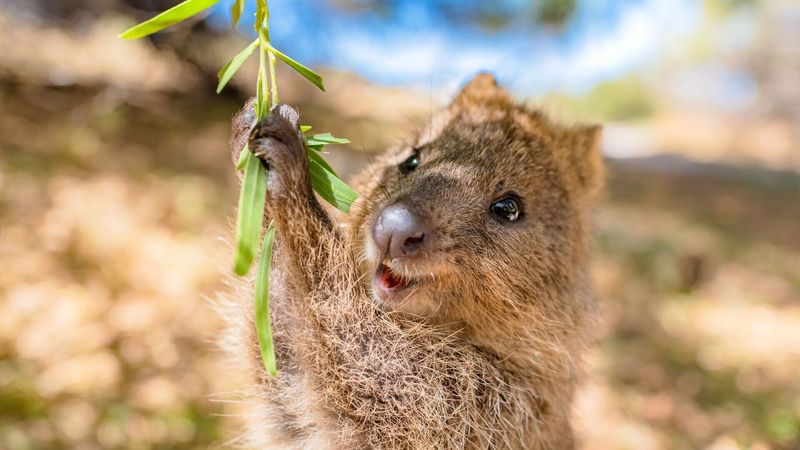
Despite their small size, quokkas can live surprisingly long lives reaching 10 years in the wild. Protected from predators on their island homes, many reach their full potential lifespan.
In captivity, these resilient marsupials can survive even longer – up to 15 years with proper care! Their longevity relative to their size makes them fascinating subjects for researchers studying aging in marsupials.
8. Water Conservation Champions
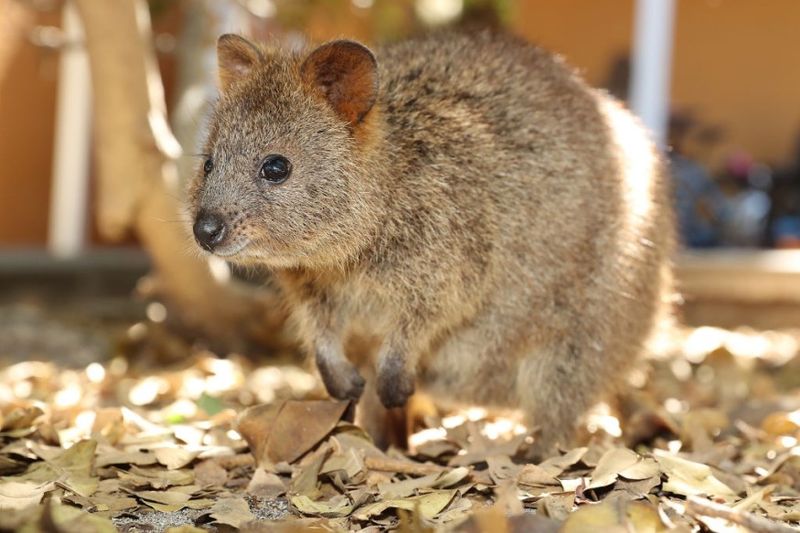
Living on dry islands has turned quokkas into water-saving experts. Their kidneys have evolved to retain water extremely efficiently, allowing them to survive extended dry periods.
They also conserve moisture by being active primarily at night when temperatures drop. During brutal Australian summers, quokkas seek shade and reduce movement, demonstrating remarkable adaptation to their challenging environment.
9. Vulnerable Conservation Status
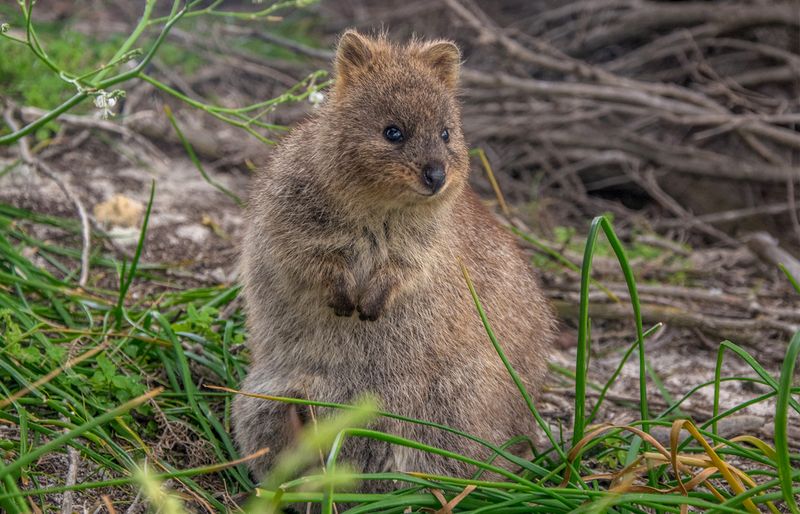
Behind those famous smiles lies a concerning reality – quokkas are classified as vulnerable by conservation authorities. Habitat loss, feral predators, and climate change threaten their future despite their current abundance on Rottnest Island.
Mainland populations have declined dramatically since European settlement introduced foxes and cats. Conservation efforts now focus on preserving their island sanctuaries and educating visitors about responsible interaction.
10. Cycling Reproduction
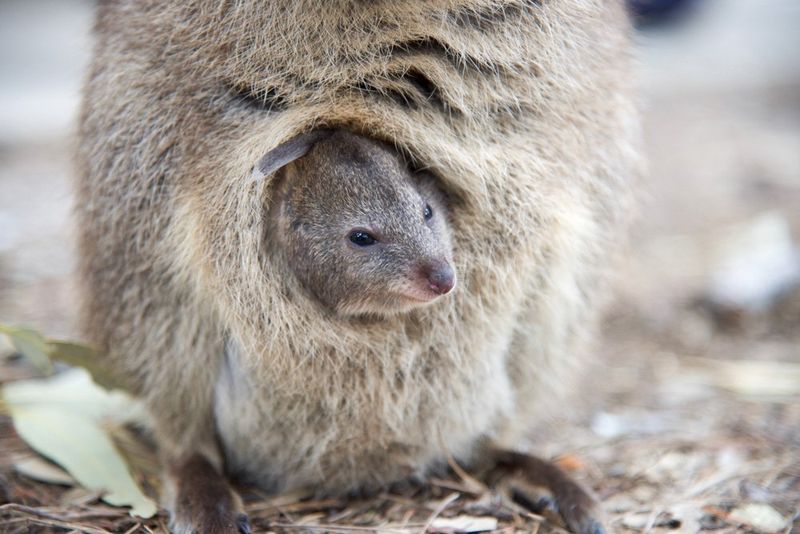
Female quokkas don’t mess around with motherhood – they can be pregnant, have a joey in their pouch, AND have another embryo waiting in suspended development! This reproductive strategy, called embryonic diapause, maximizes their chances of successful offspring.
After a month-long pregnancy, joeys develop in the pouch for six months before venturing out. Young quokkas continue nursing for several more months while learning survival skills.
11. No Selfie Touching!
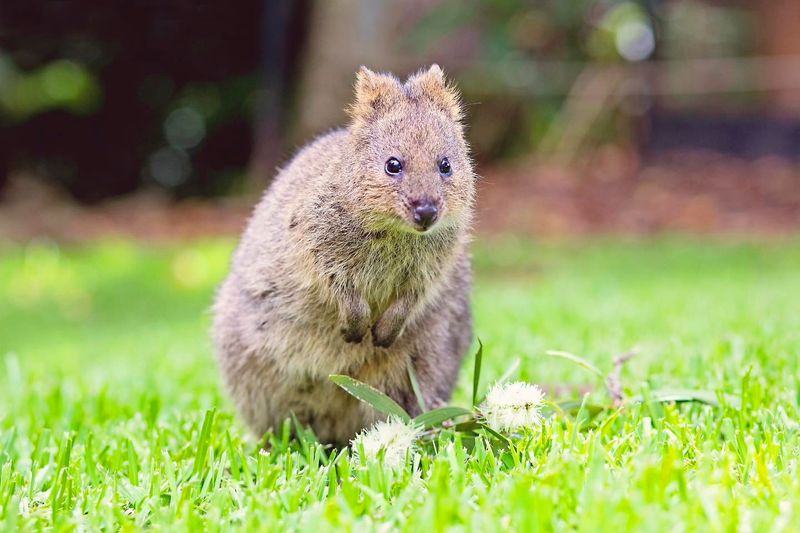
Rottnest Island enforces strict rules against touching or feeding quokkas despite their friendly appearance. Violators face hefty fines up to $10,000 AUD! These regulations protect both animals and humans.
Human food can cause serious health problems for quokkas, including “lumpy jaw” disease. Additionally, these wild animals may scratch or bite if they feel threatened, despite their deceptively cute appearance.
12. Unique Dental Design
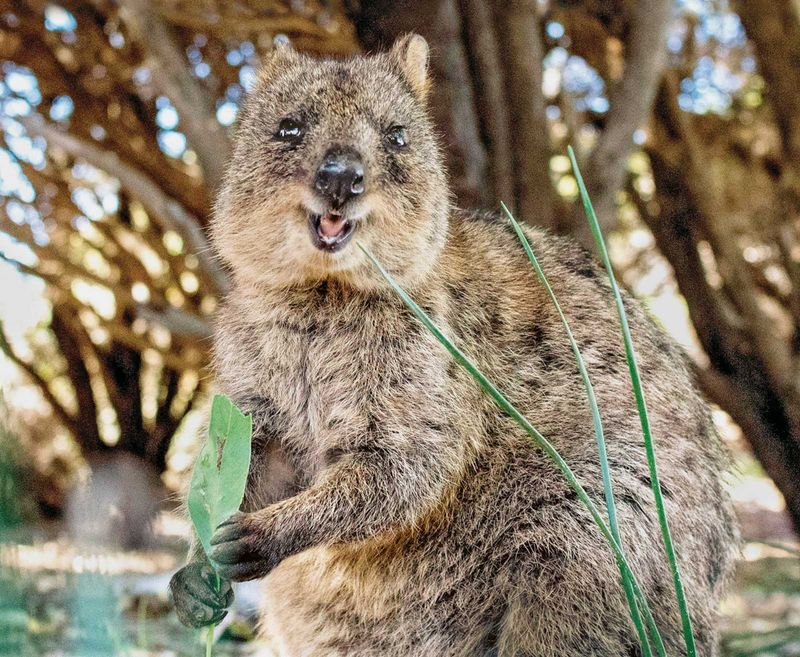
Peek into a quokka’s mouth and you’ll find specialized teeth perfectly adapted for their herbivorous lifestyle. Their continuously growing incisors and flat molars efficiently process tough plant material.
Most fascinating is their ability to move their lower jaw side-to-side while chewing, grinding vegetation like tiny furry mills. This efficient chewing mechanism helps them extract maximum nutrition from fibrous plants throughout their island habitats.
13. Social Structure Surprises

Contrary to many marsupials, quokkas maintain complex social lives! They form small family groups and recognize their relatives even after long separations. Mothers and daughters often maintain lifelong bonds.
Male quokkas establish territories during breeding season but remain relatively peaceful compared to other marsupials. Their social nature likely contributed to their comfortable adaptation to human presence on Rottnest Island.
14. Rottnest Selfie Phenomenon
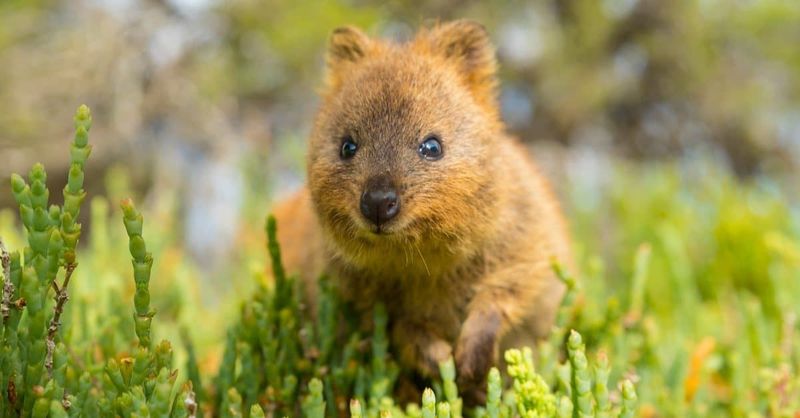
“Quokka selfies” exploded in popularity after 2012 when tourists discovered these animals’ apparent eagerness to pose. Celebrity quokka selfies from Chris Hemsworth, Margot Robbie, and Roger Federer further fueled the trend.
This tourism boom helped conservation efforts by raising awareness and funds. Rottnest Island authorities now balance tourism benefits with wildlife protection, establishing clear guidelines for respectful wildlife photography.

